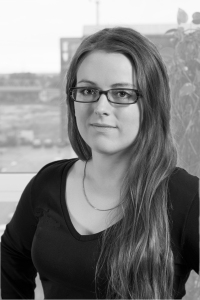We are happy to announce this year’s first CartoTalk by Amy Griffin, RMIT University in Melbourne, on Monday, 23 April 2018.
Abstract: The task of the cartographer has become in some ways much easier since the advent of computers. For example, you no longer have to worry about smearing ink from your scribing pen or pasting Zipatone onto your overlay. A few clicks on a computer and it’s possible to create a basic map. Yet, in other ways cartographers face more challenges than they ever have before. People now use maps in many more places and to support many more tasks than they did in the past, and there is a bewildering array of different devices upon which maps can be displayed. Our behaviour with maps has also changed. Some people simply blindly follow where the GPS tells them to go, occasionally resulting in their injury or death (Milner 2016). Many others of us don’t bother to look at a map before we set out to find our way to a new place because we know that we can pull a phone out of our pocket along the way to check our location. And maps now respond to user inputs in ways in which they could not when they were simply printed on paper. For example, touchscreen displays coupled with internet access allow almost instantaneous and (almost) effortless panning and zooming. Yet, these new interactions lead to cognitive challenges that did not exist when viewing a paper map, whose full extent can be taken in at a glance – locating a zoomed map extent’s location relative to the full map extent.
While cartographers have directed attention to thinking about the map’s purpose and a few limited kinds of map user characteristics for some time, the philosophy of user-centred design, which systematises some of this thinking, arose in the 1980s and these ideas began to be applied more directly within cartography in the mid to late 1990s. New ideas have since expanded the remit of factors considered in user centred design to include interaction design (Cooper et al 2014), user experience design (Norman 2013), and the consideration of emotions in addition to classical cartographic thinking about map perception and cognition. In this presentation, Amy Griffin will provide an overview of the user-centred design process and the methods and techniques they use to do user-centred cartographic design (e.g., user requirements analysis, formative evaluation, eye-tracking), as well as where the state of the art stands in terms of new thinking about user-centred design as it can be applied to cartography (Roth, 2015; Griffin et al., 2017).
Amy Griffin is a Senior Lecturer in Geospatial Science in the School of Science at RMIT University in Melbourne. She’s the co-chair of the ICA Commission on Cognitive Issues in Geographic Information Visualisation. Her research interests include perceptual, cognitive and affective issues related to geographic information use, applications of GIS to historical geography, and GIScience applications to health geography.
Monday, 23 April 2018, 9:15-10:45
Seminar room 127, Gußhausstraße 27-29, 3rd floor
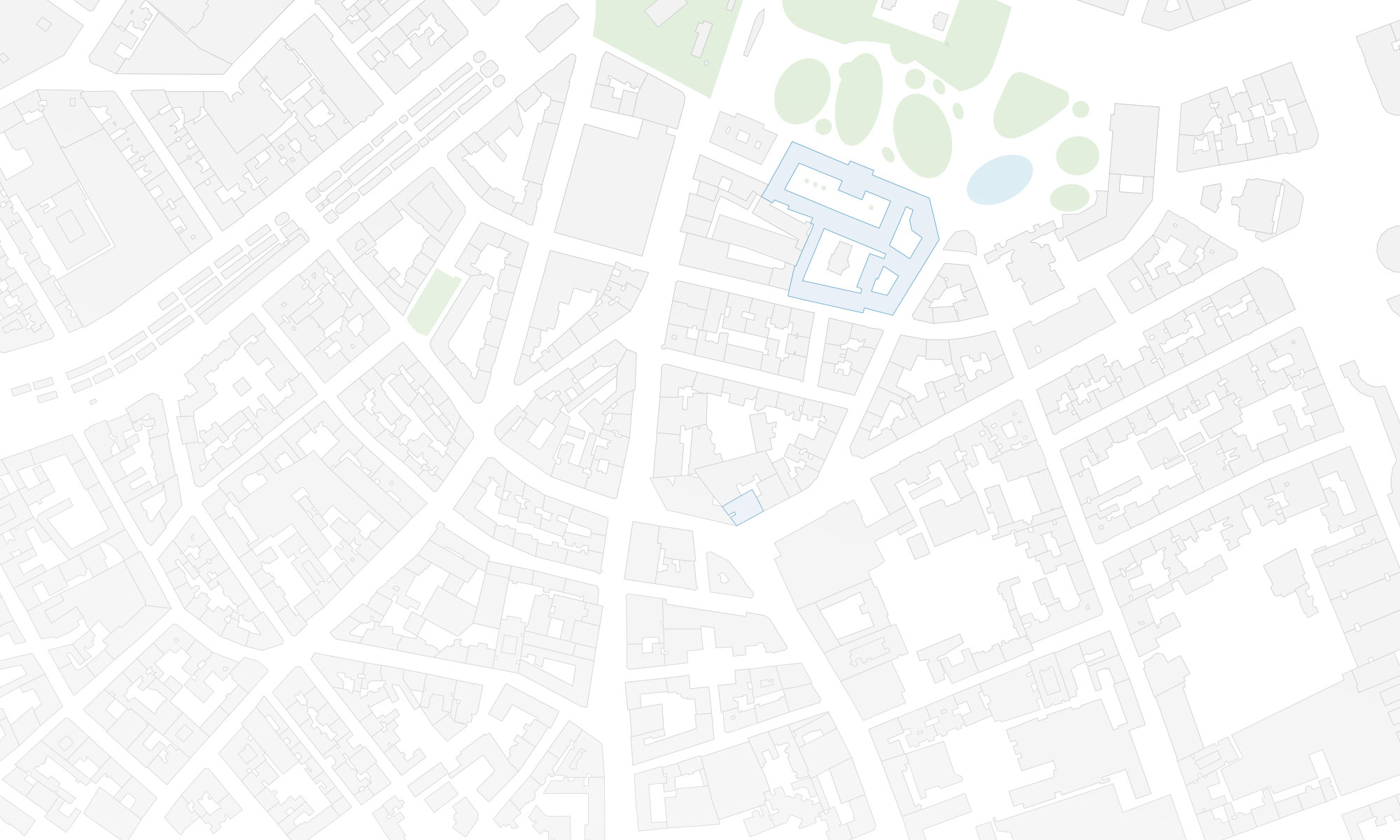

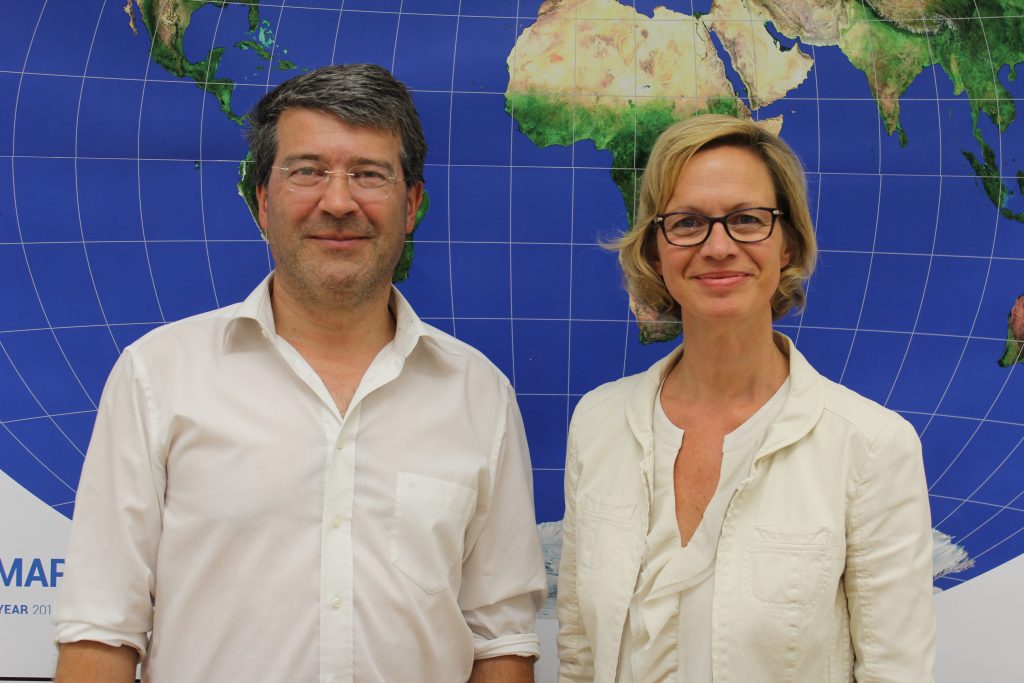
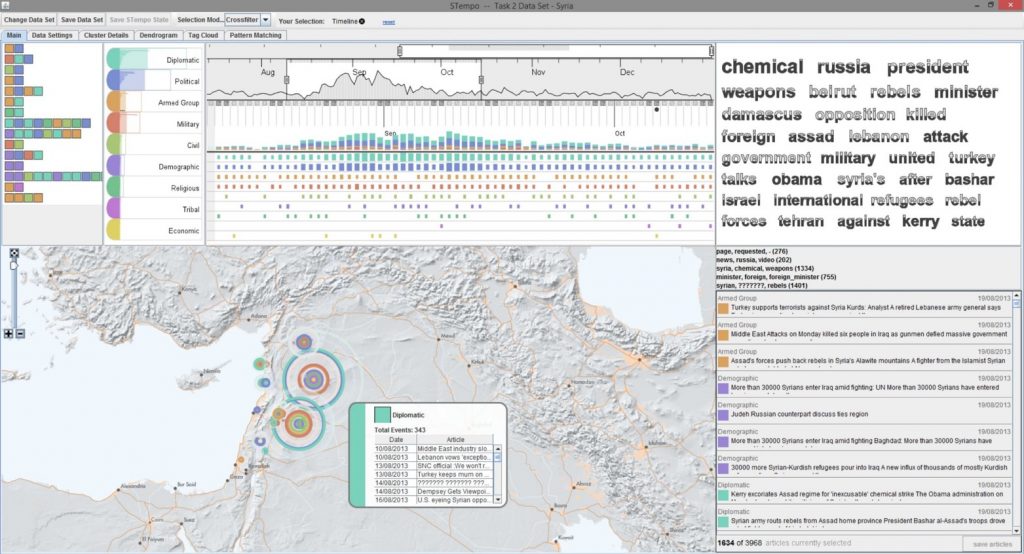

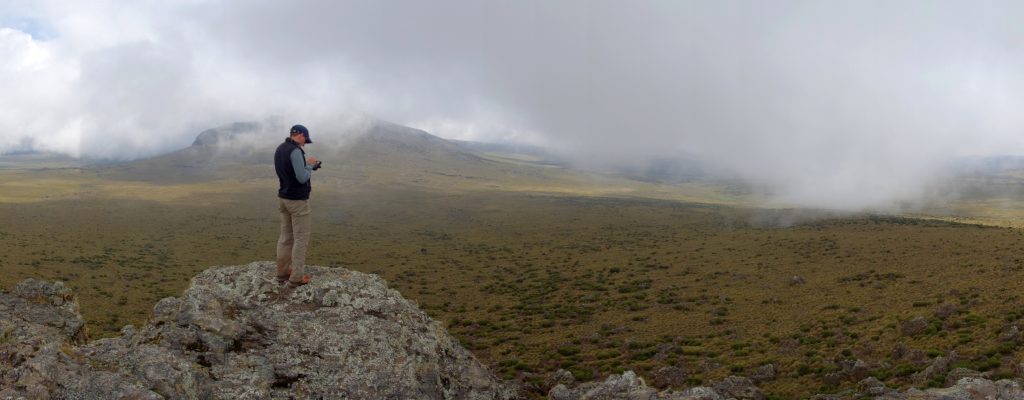
 priate. To
priate. To


